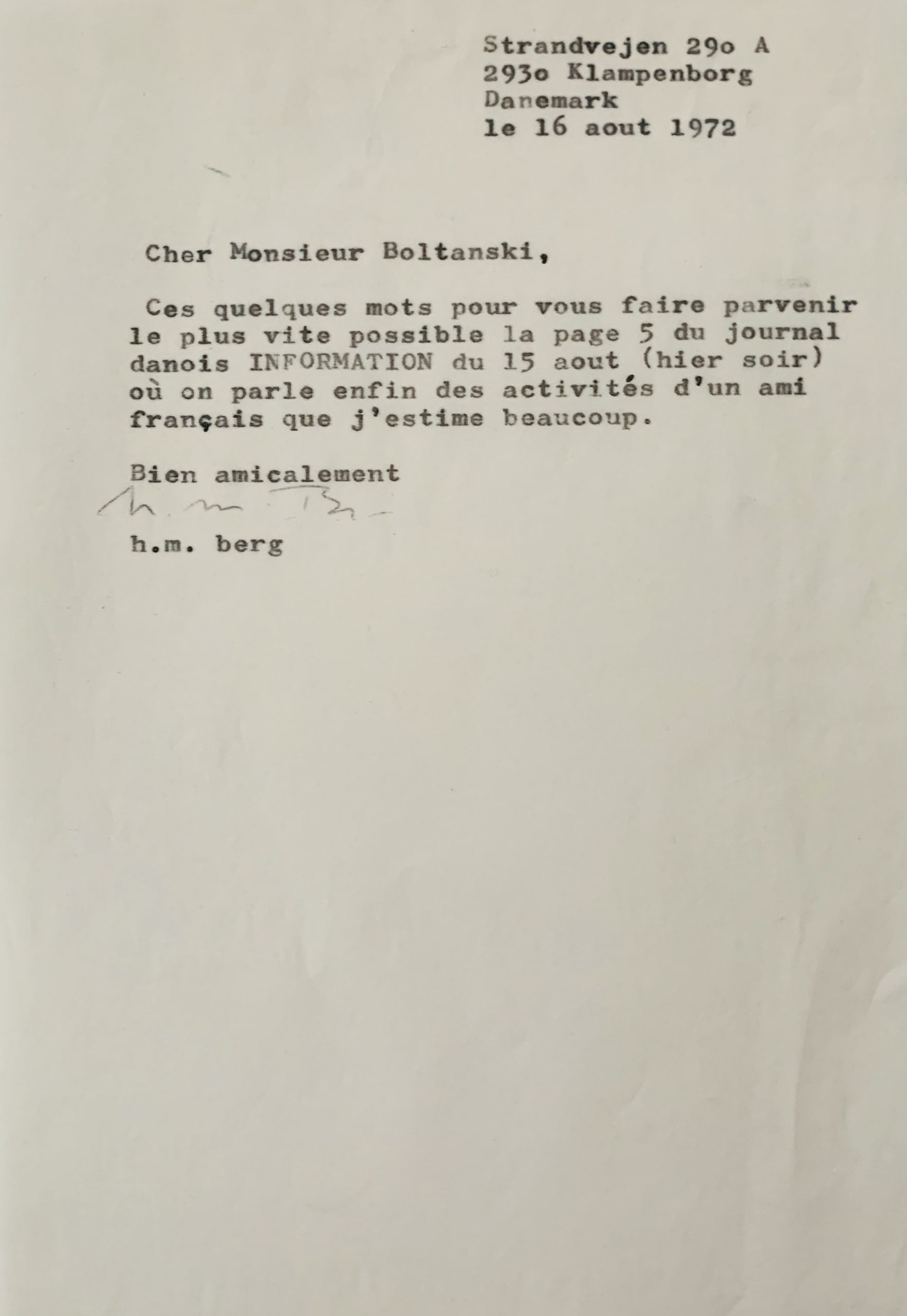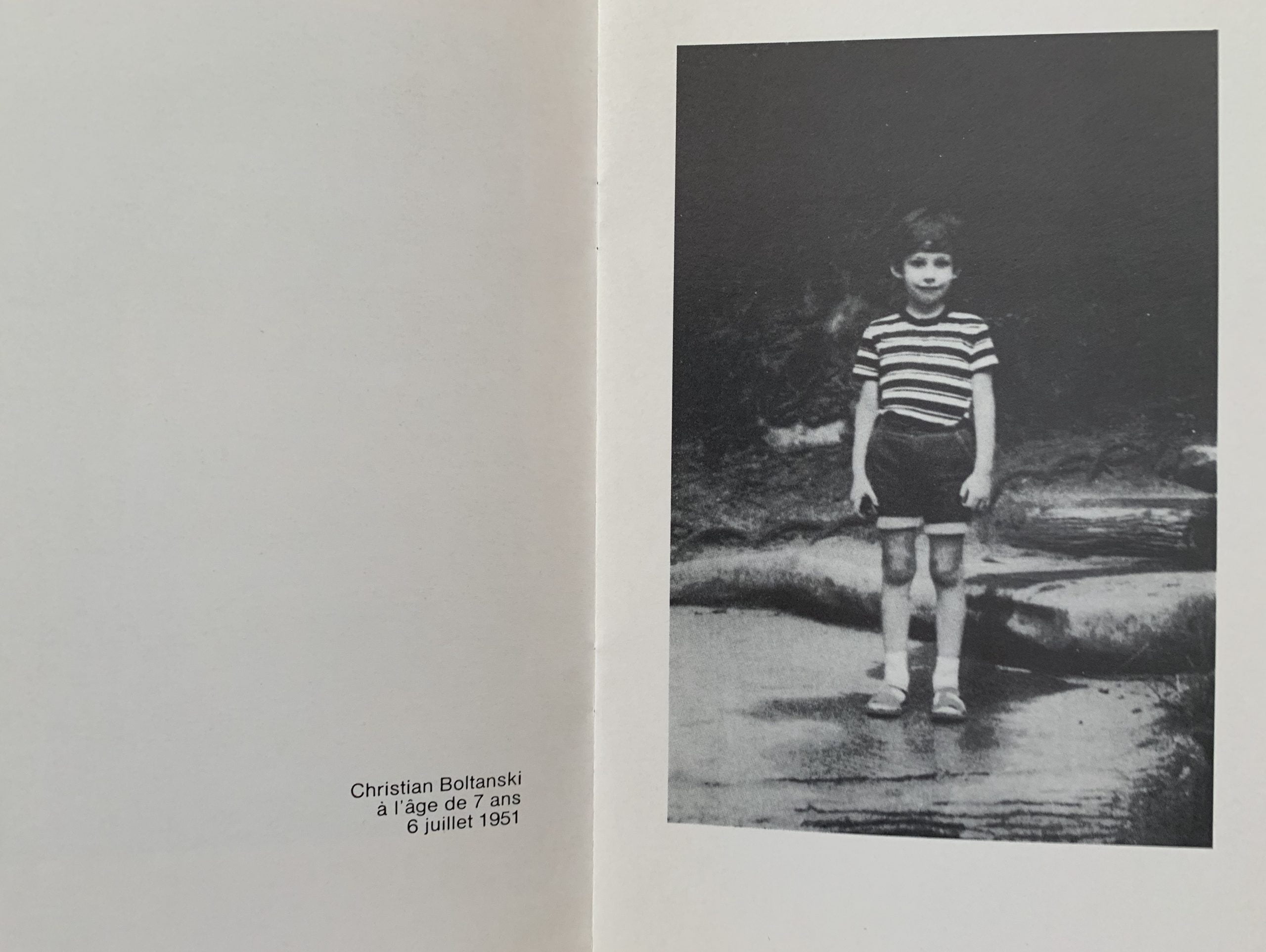16 Sep THE POET’S GARDEN – WITH AIRPCRAFT CARRIER BIRD-BATH (HOMAGE TO THE VILLA D’ESTES). 1972.
N.p.: n.p., n.d. (c. 1972) 20 x 25cm, b/w silver gelatine photographic print showing a view of the poet's garden at Little Sparta and in particular the Aircraft Bird Bath. The photo is believed to be taken by James Styles and sent by Finlay to an Italian Collector. The image was later used in various Finlay publications. VG+. ...















